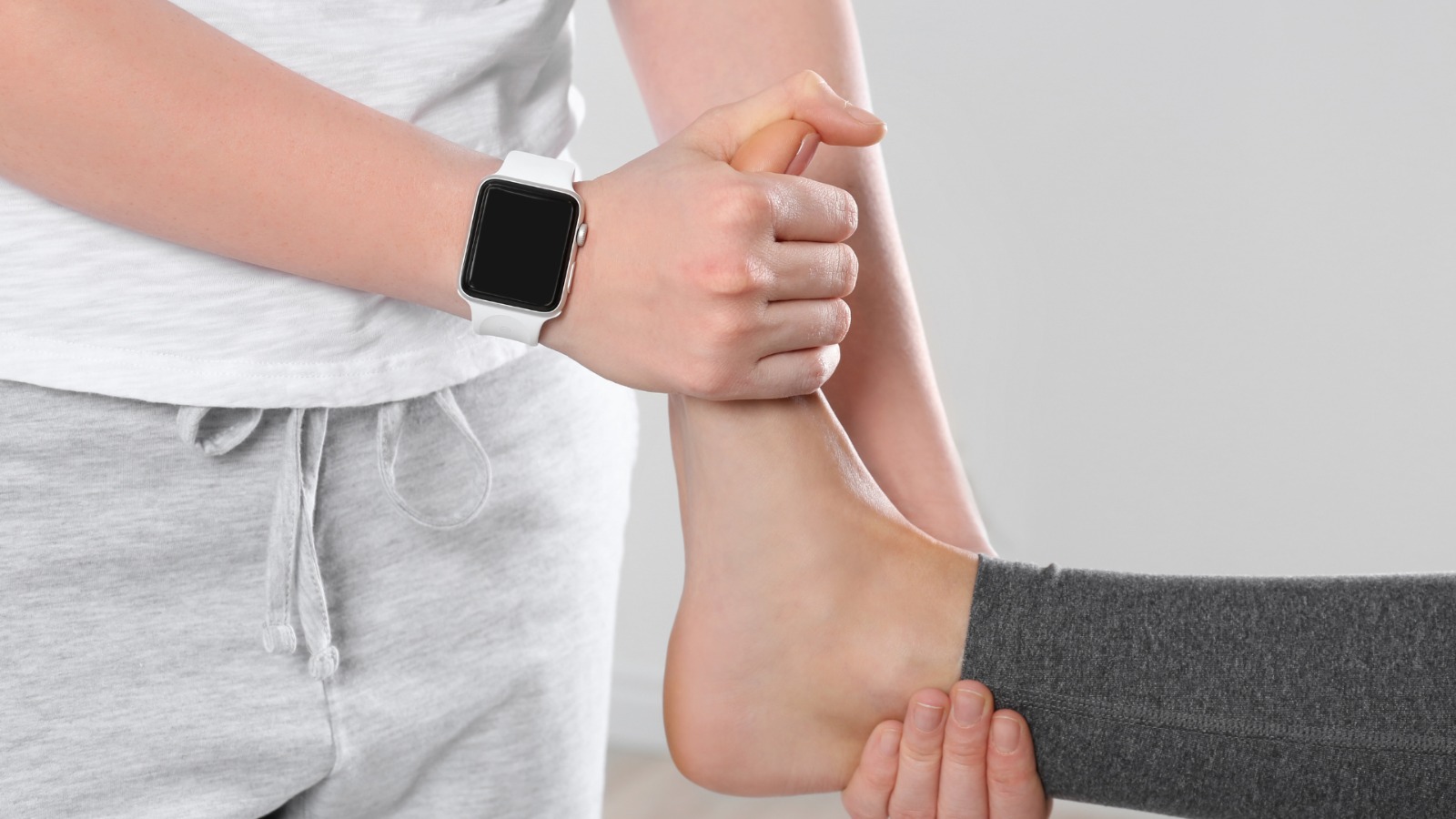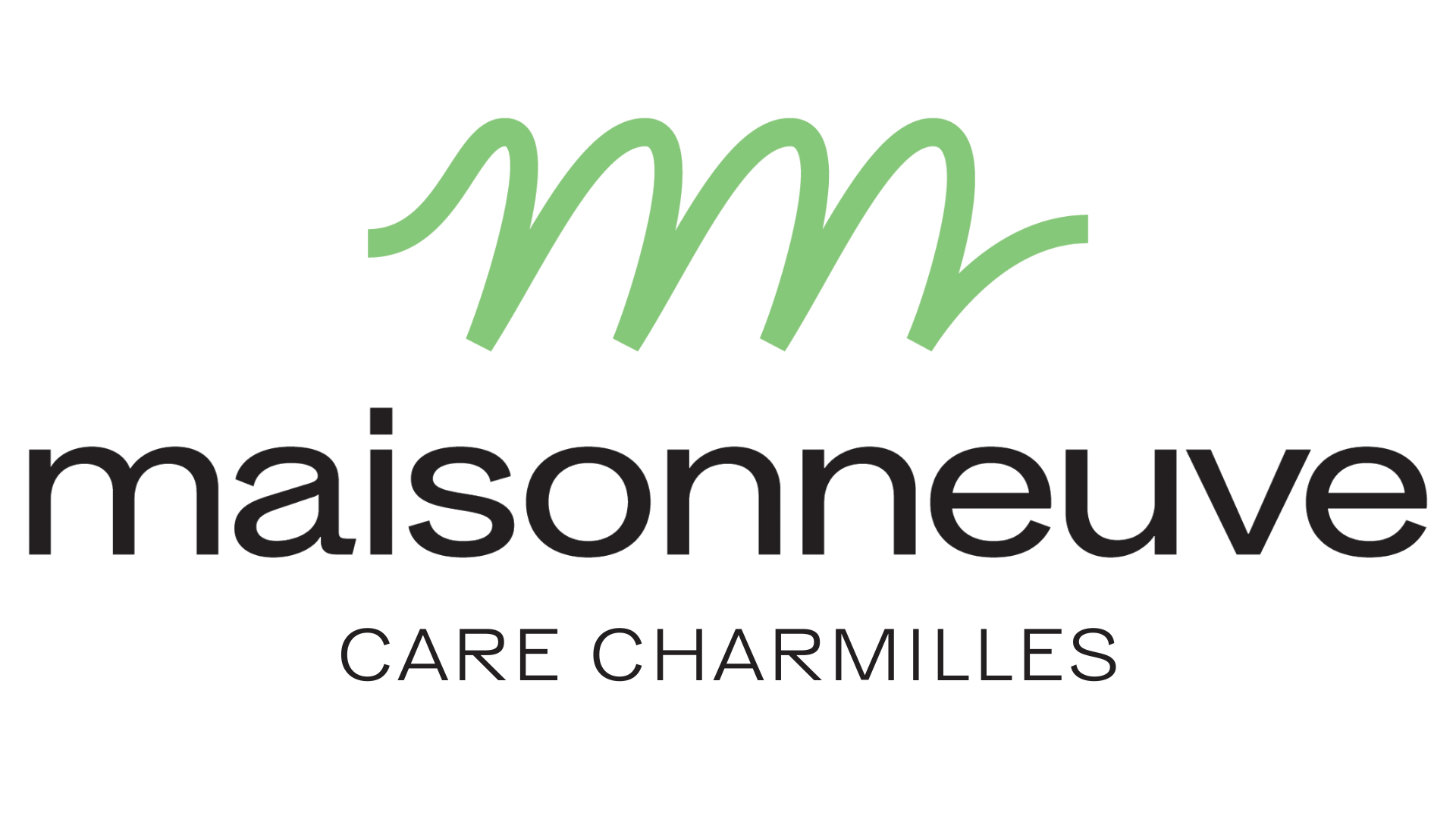Ankle-foot physiotherapy in Geneva

Why foot and ankle physiotherapy?
Do you suffer from foot or ankle injuries or chronic pain? Have you undergone foot or ankle surgery?
Ankle-foot physiotherapy is recommended for the treatment of muscular, articular and neurological disorders affecting this region.
It aims to restore normal function, mobility and muscle strength, whether following sports injury, surgery, or to manage chronic conditions. Foot and ankle physiotherapy can also play a crucial role in preventing falls in the elderly and improving gait.
What is ankle-foot physiotherapy?
Foot and ankle physiotherapy is a specialized discipline designed to assess, treat and rehabilitate physical and functional problems related to the foot and ankle. It is prescribed to treat a variety of disorders:
- Muscular disorders: a growing number of scientific articles speak of the importance of working the foot's intrinsic musculature (muscles located on the inside of the foot), as well as the foot's extrinsic musculature (muscles located on the outside of the foot) for the treatment of various pathologies, notably: plantar fasciopathy, Achilles tendinopathy, flexible flat feet, posterior tibial dysfunction or after foot surgery. However, there is scientific evidence of the importance of working this musculature for other pathologies outside the foot, such as rehabilitation of the anterior cruciate ligament of the knee. The foot-and-ankle physiotherapist will be able to propose a rehabilitation program tailored to your needs: load, intensity, frequency... in order to apply the necessary stress. This program will help reduce pain and compensations in other parts of the body.
- Neurological disorders: there are various types of podiatric pathologies that lead to peripheral nerve damage, such as Morton's neuroma and tarsal tunnel syndrome, which create nerve symptoms. These pathologies are treated by the foot/ankle physiotherapist using a variety of tools, including electrotherapy, neurodynamics and manual therapy.
- Joint disorders: certain pathologies lead to joint damage, such as metatarsalgia, hallux abductus valgus or claw toes. These disorders are treated with joint mobilization and stretching by a physiotherapist specialized in foot/ankle care. The physiotherapist may also refer the patient to other specialists to treat other aspects of the pathology.
What are the benefits of ankle-foot physiotherapy?
- Pain reduction: physiotherapy programs can include techniques to relieve pain, whether through specific exercises, treatment modalities, or advice on pain management.
- Improving mobility: physiotherapy aims to restore and increase mobility in the foot and ankle, essential for daily activities and normal function.
- Muscle strengthening: targeted exercises are used to strengthen foot and ankle muscles, promoting stability and injury prevention.
- Post-operative rehabilitation: after foot or ankle surgery, physiotherapy is crucial for optimal recovery, promoting healing, mobility and muscle strength.
- Improved stability: physiotherapy programs focus on improving stability, thus reducing the risk of relapse or re-injury.
- Managing gait disorders: physiotherapy can help correct gait problems, improving coordination and fluidity of movement.
- Falls prevention: by strengthening muscles and improving balance, physiotherapy helps reduce the risk of falls, particularly among the elderly.
- Optimizing daily function: by working on mobility and strength, physiotherapy helps individuals to regain normal function, thus facilitating daily activities.
- Personalized interventions: physiotherapists design programs tailored to the specific needs of each patient, ensuring an individualized approach to effective recovery.
How are patients treated for foot and ankle rehabilitation?
During the first session, we carry out a clinical assessment based on scientifically validated tests. The analyses carried out are biomechanical, physical, palpatory and muscular...
Based on the results of these analyses and the doctor's reports, we work with the patient to set short-, medium- and long-term objectives.
During the following sessions, the patient is given an exercise and advice sheet to help him improve his rehabilitation program.
Moreover, depending on the patient's progress, the sessions are adapted, without losing sight of the set objectives.
Should complications arise during treatment, the physiotherapist can discuss the matter with the patient's doctor.

Please note: In order for your basic insurance to cover your sessions, your first session must take place within 5 weeks of your physiotherapy voucher being issued. Moreover, the voucher is no longer valid after 3 months, so your appointments must be made within this period.

What equipment is used in foot and ankle rehabilitation?
Foot and/or ankle rehabilitation involves the use of a variety of equipment, such as elastic bands for muscle strengthening, balance platforms to improve stability, as well as electrotherapy, shockwaves and cryo-thermotherapy devices to manage pain. But also steps for exercises to strengthen foot muscles, and mobility measurement devices.
The choice of equipment depends on the patient's specific needs. The physiotherapist adapts the rehabilitation programs accordingly.


























